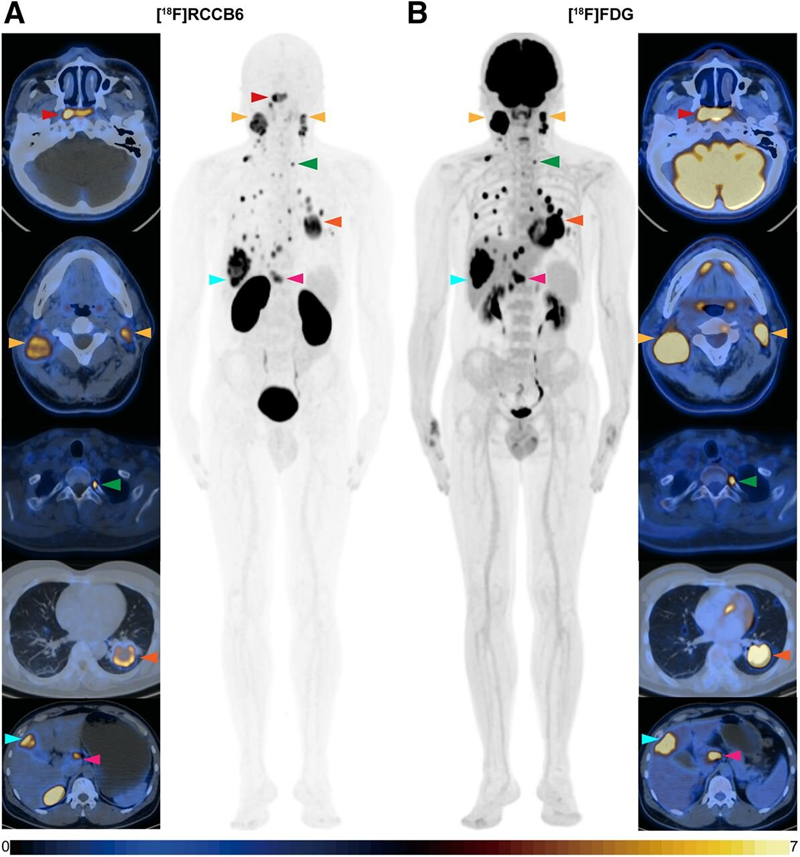New PET Imaging Approach Provides Precise Mapping of Nasopharyngeal Cancer Biomarker

A groundbreaking study has introduced a highly effective PET/CT imaging technique that precisely detects nasopharyngeal cancer (NPC) by targeting the CD70 biomarker. This method leverages a single-domain antibody (VHH)-derived tracer, 18F-RCCB6, to visualize CD70 expression in both primary tumors and metastatic lesions. The findings, published in The Journal of Nuclear Medicine, could significantly improve early diagnosis, radiotherapy planning, and personalized treatment options for NPC patients.
Why CD70 Matters in Nasopharyngeal Cancer
Nasopharyngeal cancer, a rare but aggressive form of head and neck cancer, is most commonly found in South Asia, the Middle East, and North Africa. It's strongly associated with Epstein-Barr virus (EBV) infection. CD70, a key immune-related protein, plays a crucial role in the body's response to EBV, making it a promising biomarker for NPC detection.
In a recent study led by Dr. Weijun Wei at Shanghai Jiao Tong University, researchers examined CD70 expression in 80 archived NPC specimens. The results showed that 90% of the tumors positively expressed CD70, and this expression was strongly correlated with EBV presence.
VHH-Based Imaging Delivers Clinical Precision
Using 18F-RCCB6, a tracer derived from single-domain antibodies (also known as nanobodies or VHHs), the research team conducted immuno-PET/CT scans on 25 patients and compared the results with traditional 18F-FDG PET/CT imaging.
The outcomes were striking:
100% detection rate of primary tumors
93% detection of local lymph node metastasis in early-stage patients
Superior sensitivity in detecting skull-base invasion and bone metastases
Fewer false positives compared to FDG due to reduced inflammatory uptake
These results demonstrate that VHH-based tracers like 18F-RCCB6 offer improved specificity and image clarity, helping clinicians make more informed treatment decisions.
Toward Personalized NPC Therapy
The benefits of CD70-targeted imaging go beyond diagnosis. By precisely identifying tumor boundaries and metastatic spread, this method can support tailored radiotherapy planning and enable CD70-targeted immunotherapies—a growing field in oncology.
For patients, this translates to:
Earlier and more accurate detection
Fewer unnecessary treatments
More targeted therapeutic strategies
Conclusion
This study underscores the power of VHH-based molecular imaging in advancing cancer diagnostics. As a company focused on single-domain antibody discovery and applications, AlpalifeBio celebrates innovations like 18F-RCCB6 that demonstrate how nanobody technology can unlock new possibilities in precision oncology.
Stay tuned for more updates on how VHHs are shaping the future of diagnostics and therapeutics.
Source: Medical Press